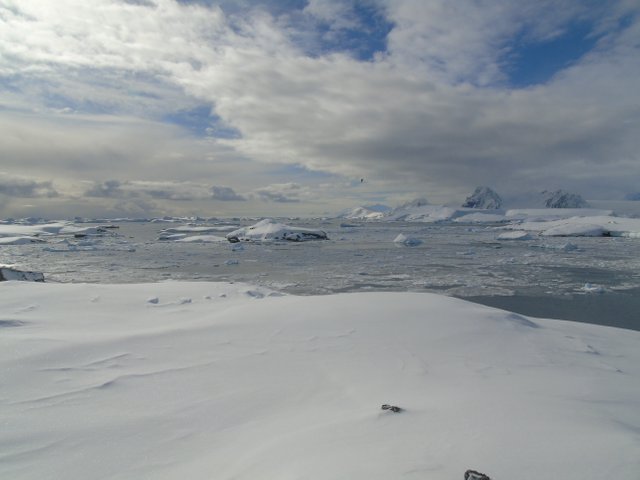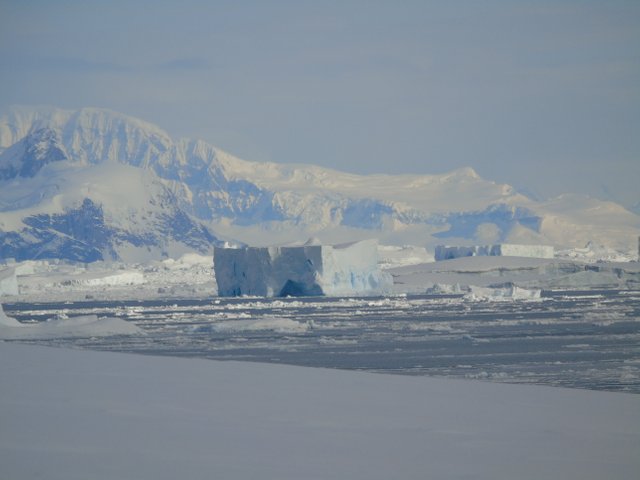[Antarctica]: Mysterious glacier bubbles
Amazing Antarctica... Today we will have a photo journey through the ice of the South Pole. I will not tire of giving you unique pictures and short stories to get acquainted with such a mysterious corner on Earth. In this post you will see photos of ice that is over 1000 years old. It is surprisingly transparent and artistically framed by nature in beautiful forms. I will dilute the article a little with "ice" age.

You may wonder: why do scientific research in such difficult conditions and risk their lives? One of the many reasons is the study of the Earth's climate. It is the glaciers of Antarctica that contain a unique history, especially if they are millions of years old. Scientists say the ice sheet at the South Pole is about 14 million years old. And what is most surprising is that practically nothing has changed in this region during this period. I can offer for review an article from 2018 about interesting finds of researchers in Antarctica.

In the thickness of the glaciers, our caring planet has preserved the climatic record. The problem always remains to raise this chronicle from the depths of Antarctica and explore it. Some wells for drilling have been developed for more than 20 years. What do pieces of ice store in themselves?

I will try to explain in simple terms, without using professional terminology. In scientific circles, pieces of ice at different stages and different years of life are called differently. What happens inside and outside of different ice formations? What is the nature of the formations of the cover of Antarctica?

So, precipitation falls in Antarctica. Usually it's snow. But rain and sleet are also not uncommon. And add to all precipitation strong winds and low air temperature. The whole remix of precipitation and climate will be washed away for many thousands of years.

Centuries pass, millennia fly by, and the snow of Antarctica is gradually layered and compressed. The pressure of the layers leads to the crystallization of snow into ice. Bubbles of gas, which were in layers of snow, are gradually sealed in these ices. The process does not stop, again a lot of time passes and the ice of past years gradually goes under pressure deeper and deeper into the lower layers.
Layers of ice do not mix and do not destroy the bubbles with the gas of yesteryear. The deeper layers scientists get, the more history can be extracted from these amazing gas bubbles. Thus, determine what kind of climate was in antiquity and the climate in general. Scientists even determine the dustiness of the atmosphere, the average annual temperature in antiquity by these inclusions of gas in frozen centuries-old glaciers. This is only a small part of the research that is taking place in Antarctica. I tried to explain in very simple words, let the scientists forgive me.
Thank you for attention!
Sincerely, @r3benok.
Photos from the personal archive.
Camera SONY DSC-H400, 20.1 Mega pixels (63x Optical Zoom)


What interesting information! I've never looked at Antarctica from this angle. Maybe it's my ignorance😅 For example, until now, I didn't think there would be more than 1000 years of ice. Thank you for this informative post.
Thank you for your attention! I am very glad that I could provide interesting information. Further it will be even more informative and interesting. Come, I will be very happy! Thanks!